7 Foods That Aren’t Worth the Calories
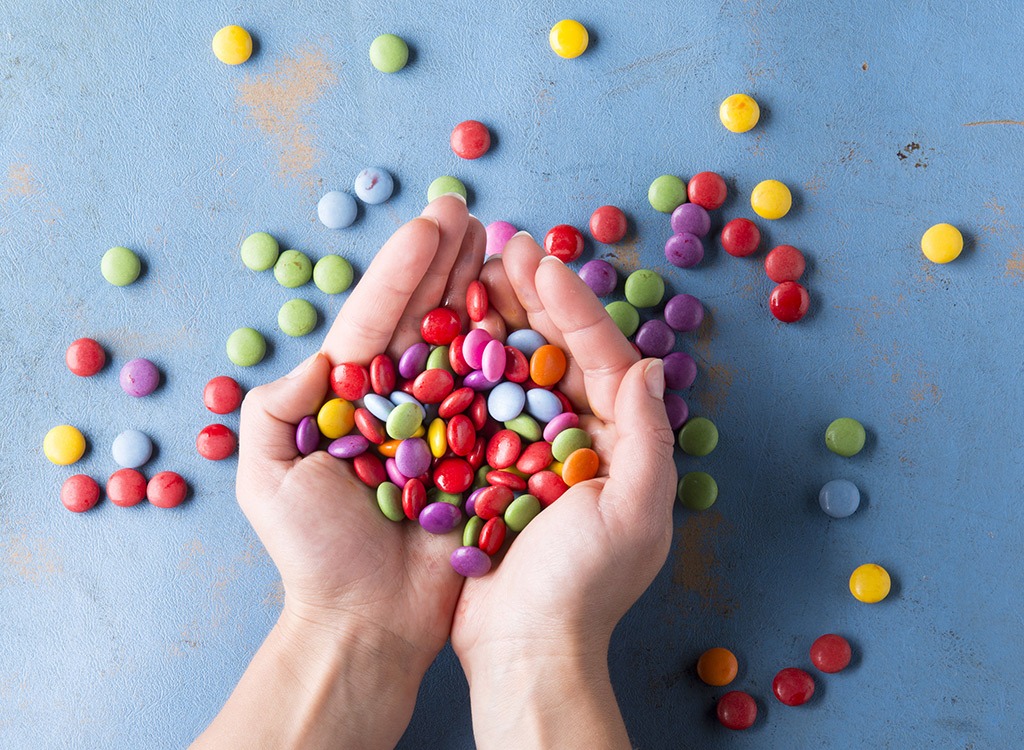
When talking about “nutrient density,” it’s all about the vitamins, minerals and fiber—they’re what’s going to fuel and repair your body. “I think of ‘nutritionally empty’ foods as those that can either be higher or lower in calories, but that offer few or no nutrients. Generally these foods are also fairly refined or processed,” says Isabel Smith, MS, RD, CDN, registered dietitian and founder of Isabel Smith Nutrition.
Each meal and snack should be seen as an opportunity to nourish your body, and fill it with as many nutrients as possible. Especially if you are following a weight-loss or fitness plan, nutrient-dense foods will help you achieve your goals much faster. Resist grabbing the following foods (which can commonly be marketed as diet-friendly foods) the next time you’re at the store—trust is, they’re not doing your body any favors.
Tortilla Chips
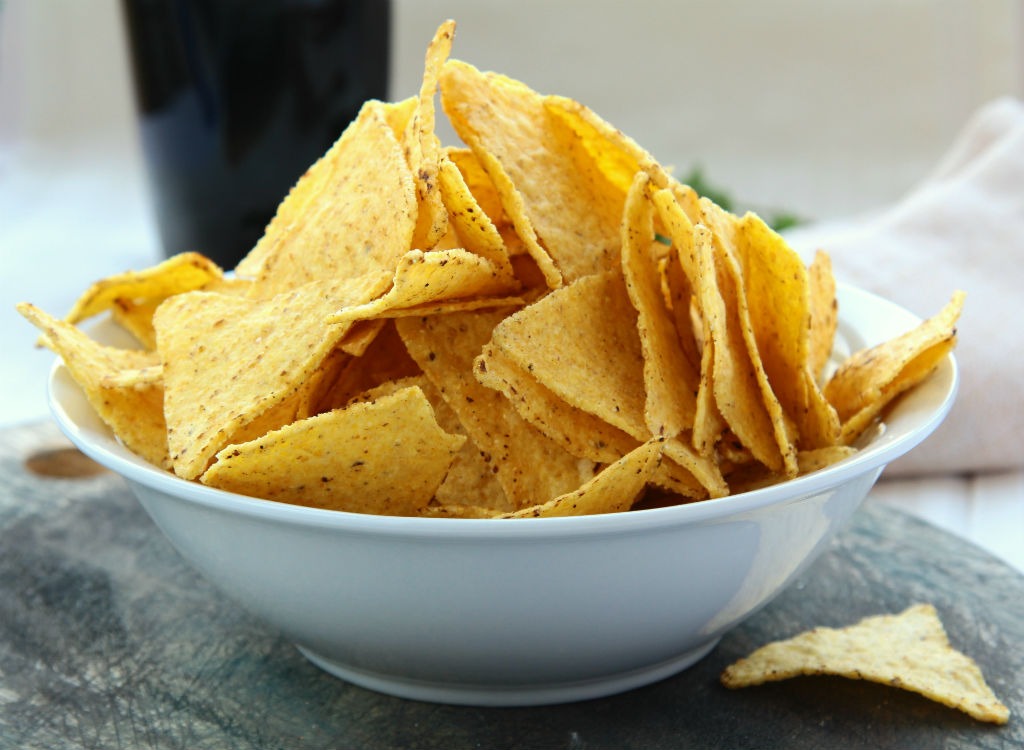
Chances are you’ll find a bag of tortilla chips in every household. The classic party food doesn’t contain a long list of ingredients, but none of those ingredients contain a high dose of nutrients. “Generally speaking for most crackers and chips, much of the nutritional value of the grain has been removed during processing (especially when these foods are white rather than whole-wheat because the husk and outer layers of the grain have been removed). They aren’t necessarily bad, they just don’t offer much with respect to nutrients,” says Smith.
Eat This Instead: For more a more nutrient-dense alternative (that still offers that crunch), try air-popped popcorn with your own added herbs and spices, or even crackers made with whole-wheat that have four to five grams of fiber per serving.
Soda
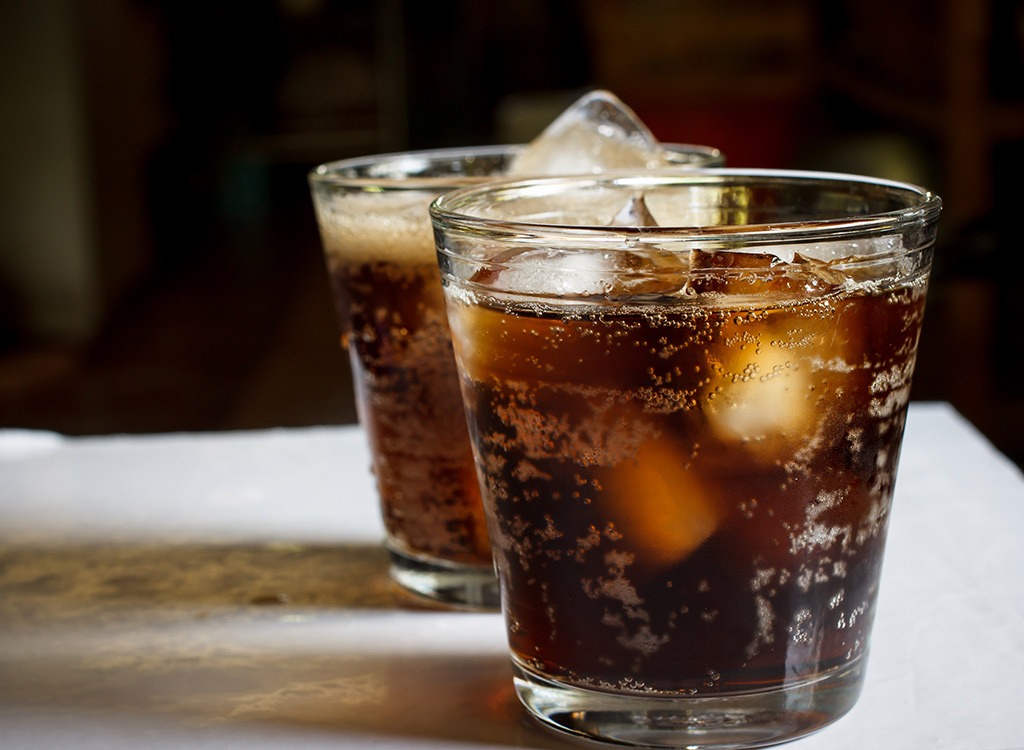
Not only is soda void of vitamins and minerals, but it also contains a host of ingredients that can do some harm to your body. “Regular and diet sodas are loaded with artificial chemicals like colorings, sweeteners. Both calorie-containing and zero-calorie (these in particular may negatively influence feelings of fullness and satiety) should be avoided. Also, dark-colored sodas often contain additives like phosphoric acid that can be dangerous long term to bone health,” warns Smith.
Drink This Instead: Sometimes that fizzy pop craving just won’t go away, though. Instead of soda experiment with sodium-free, unflavored soda water with either a splash of low- or no-sugar juice, freshly-squeezed juice or a squeeze of fresh lime or lemon. If it’s the flavor rather than the fizz you’re after, Smith also recommends infusing regular water with fruits and vegetables. “A few of my favorites are mint and orange, cucumber on its own or with orange and strawberry with pineapple,” says Smith.
Pretzels
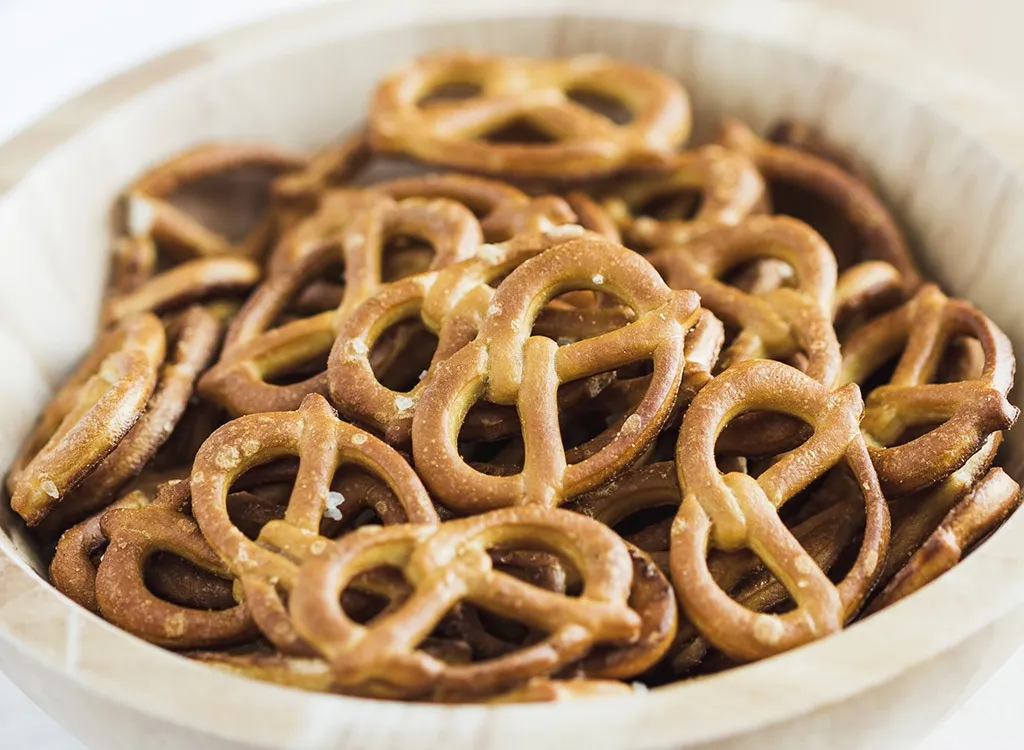
Pretzels seem like a relatively harmless snack. They’ve got the crunch and saltiness many of us crave, and they’re not really full of sugar or harmful artificial ingredients. The problem is, though they don’t flood your body with calories or sugar, they aren’t really fueling your body. If you have any kind of weight loss, nutrition or fitness goals you’re trying to hit, pretzels aren’t going to help you get to the finish line any faster.
Eat This Instead: Smith recommends kale chips or snap pea crisps (opt for low-sodium if possible) as healthier alternatives.
Pasta
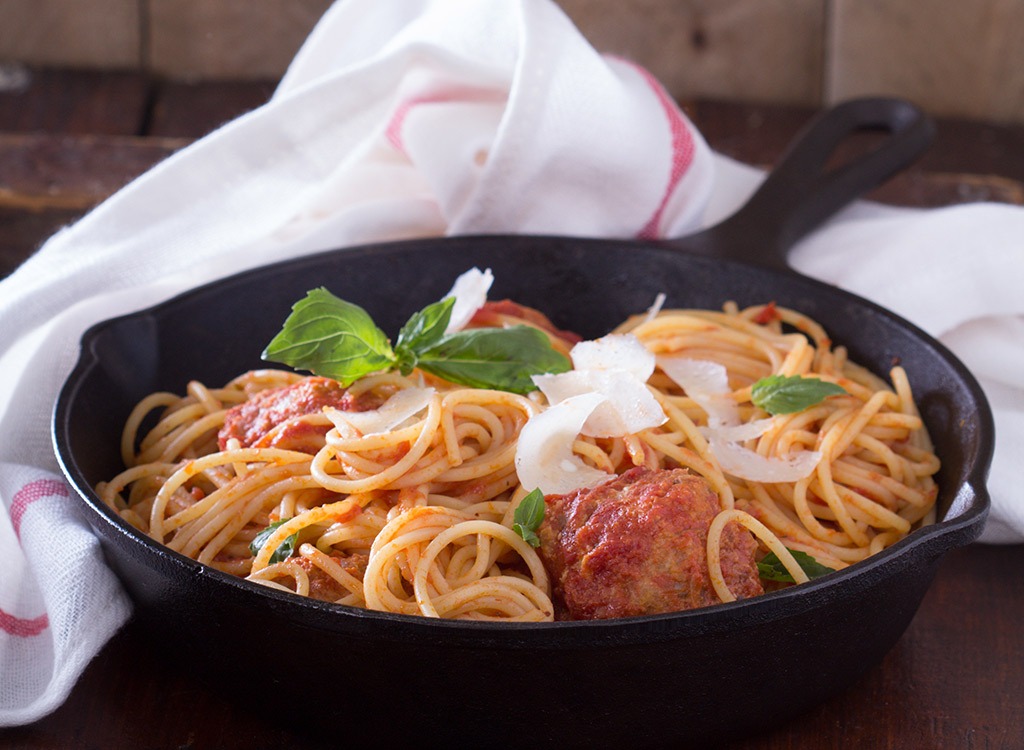
It seems as though pasta is always condemned to the “diet-don’t” list, right? Truth is, it can offer some nutrients, but you’ve got to choose the right kind. It’s also very important to pay close attention to portion size if you’re watching your weight. “It’s better to choose whole-grain or less refined more often, because it contains more fiber, vitamins, minerals and protein as the husk of the grain is left on, making it ‘whole grain,'” says Smith.
Eat This Instead: The healthiest way to get your pasta fix is with substitutes like spaghetti squash and zucchini noodles. Both are rich in vitamins A and C, and also contain potassium and other healthy nutrients important for optimal body functioning. Need your regular pasta fix? Use our 10 Ways to Slim Down Your Pasta Dinner, or pop prepared pasta in the fridge overnight and eat cold. The temperature change boosts resistant starch content, which takes more energy to digest.
White Flour
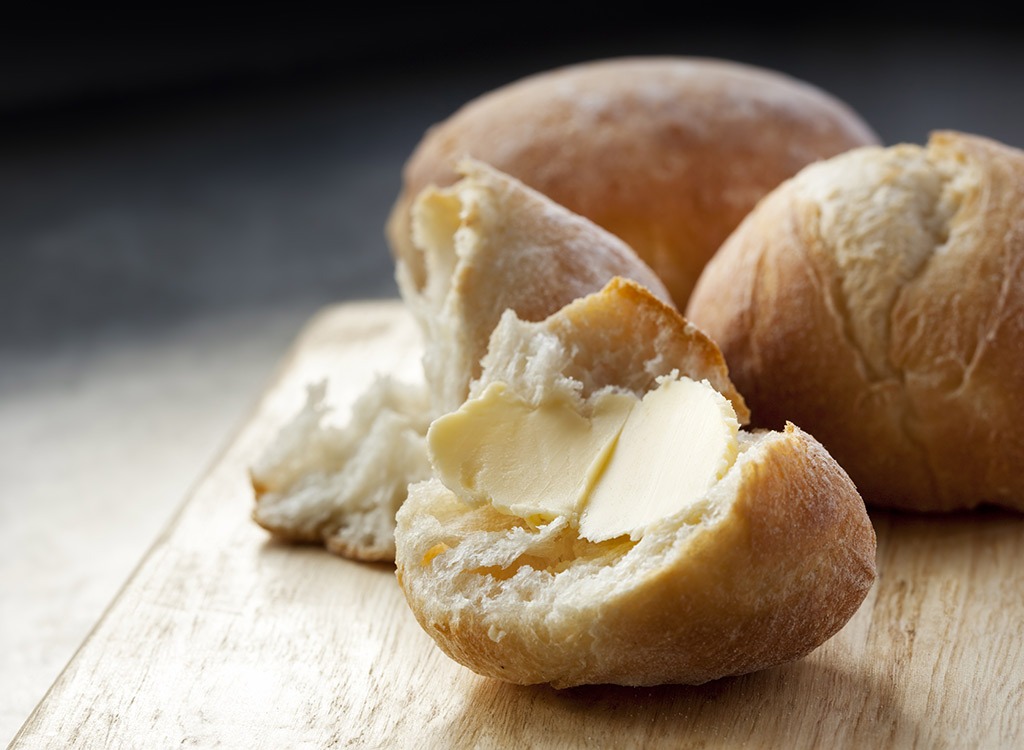
As a general rule of thumb, it’s always healthier to choose whole-wheat and whole-grain options over products made with white flour. To get white flour, wheat grains are heavily refined and processed, stripping food of that fiber our bodies love so much. Whole-wheat flour is made from the same grains, but has not undergone any kind of heavy processing, which allows the flour to retain a lot of the fiber content. Getting enough fiber is important in any diet because it helps lower cholesterol, aid elimination and boost weight loss.
Eat This Instead: Look for 100% whole wheat bread, or even choose pastas or crackers that contain a mix of white and whole wheat flour if you know quitting white flour foods cold turkey—bagels, cereal, crackers, baked goods, etc.—will be a particularly tough adjustment for you.
Candy
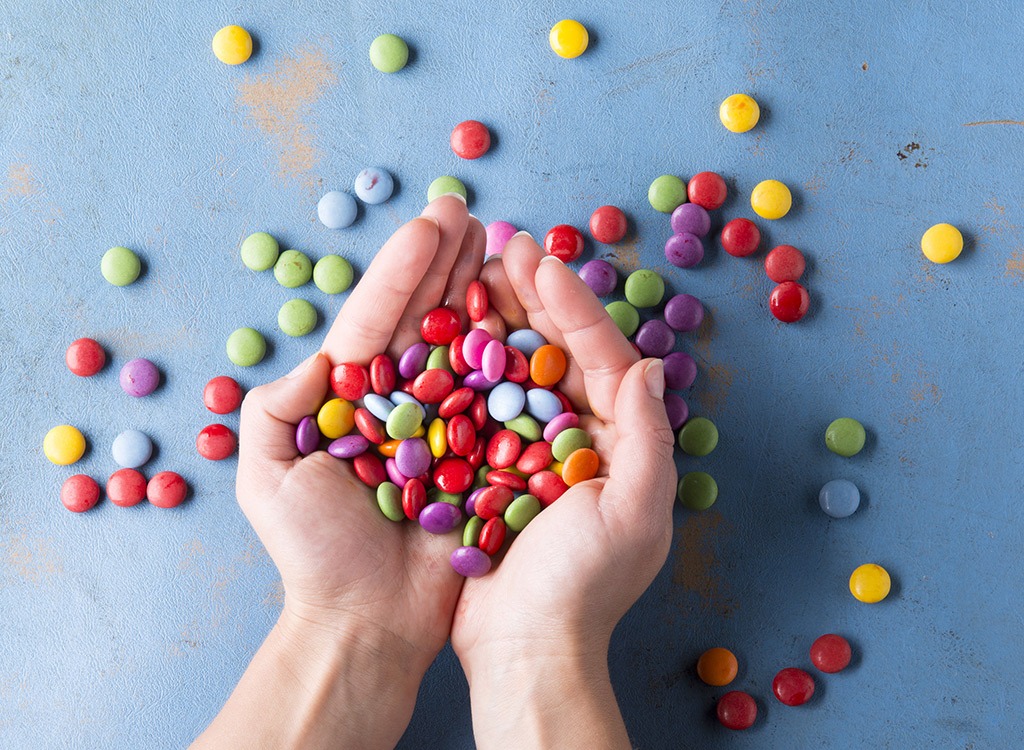
Candy has never made it onto any health food list—ever. Unless we’re talking dark chocolate, the majority of snacks found in the candy isle offer no health benefits and fill your body with sugar and artificial ingredients. Stay away, far away from these kinds of sweets for health’s sake.
Eat This Instead: If your sweet tooth is really going crazy, try to satisfy it with fruit. Frozen fruit is an especially delicious treat—cherries, berries, pineapple, mango—all are healthy, vitamin-rich choices that can cut sweet cravings. Pair it with some dark chocolate that boasts at least 70% cocoa to snuff out sugar cravings with a treat that packs some health benefits.
Heat-pasteurized Juices
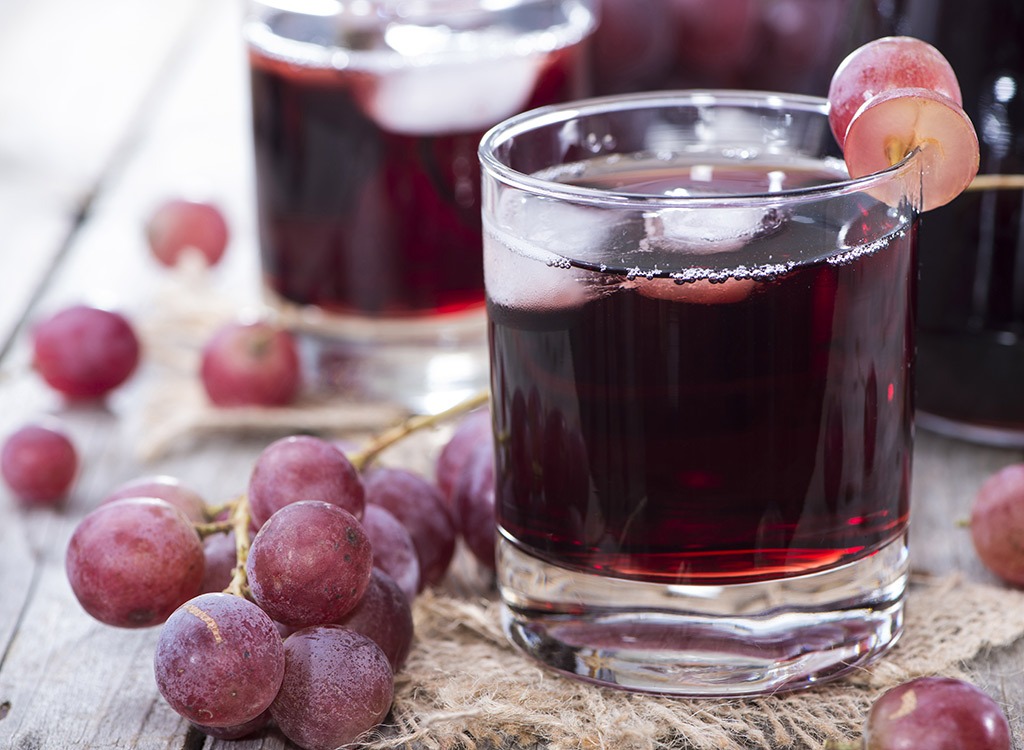
Different from those cold-pressed green juices you see popping up everywhere, heat-pasteurized juices are not as healthy as they may appear. Juices such as orange and cranberry often have to be heated at very high levels and also have to be higher in sugar—many contain added sugar—in order to undergo processing. “The pasteurization process can kill some of the nutrients because the temperature is so high. Whereas fresh juices or even those that undergo high-pressure pasteurization (HPP) are not exposed to heat and can also be primarily vegetable (less sugar, more nutrients and lower calories),” says Smith.
Drink This Instead: Try to choose cold-pressed or non-processed juices that contain a higher ratio of vegetables to fruit to avoid spikes in blood sugar and to reap the most health benefits. Also keep in mind that fruit juice can often dismantle weight-loss efforts rather quickly.








